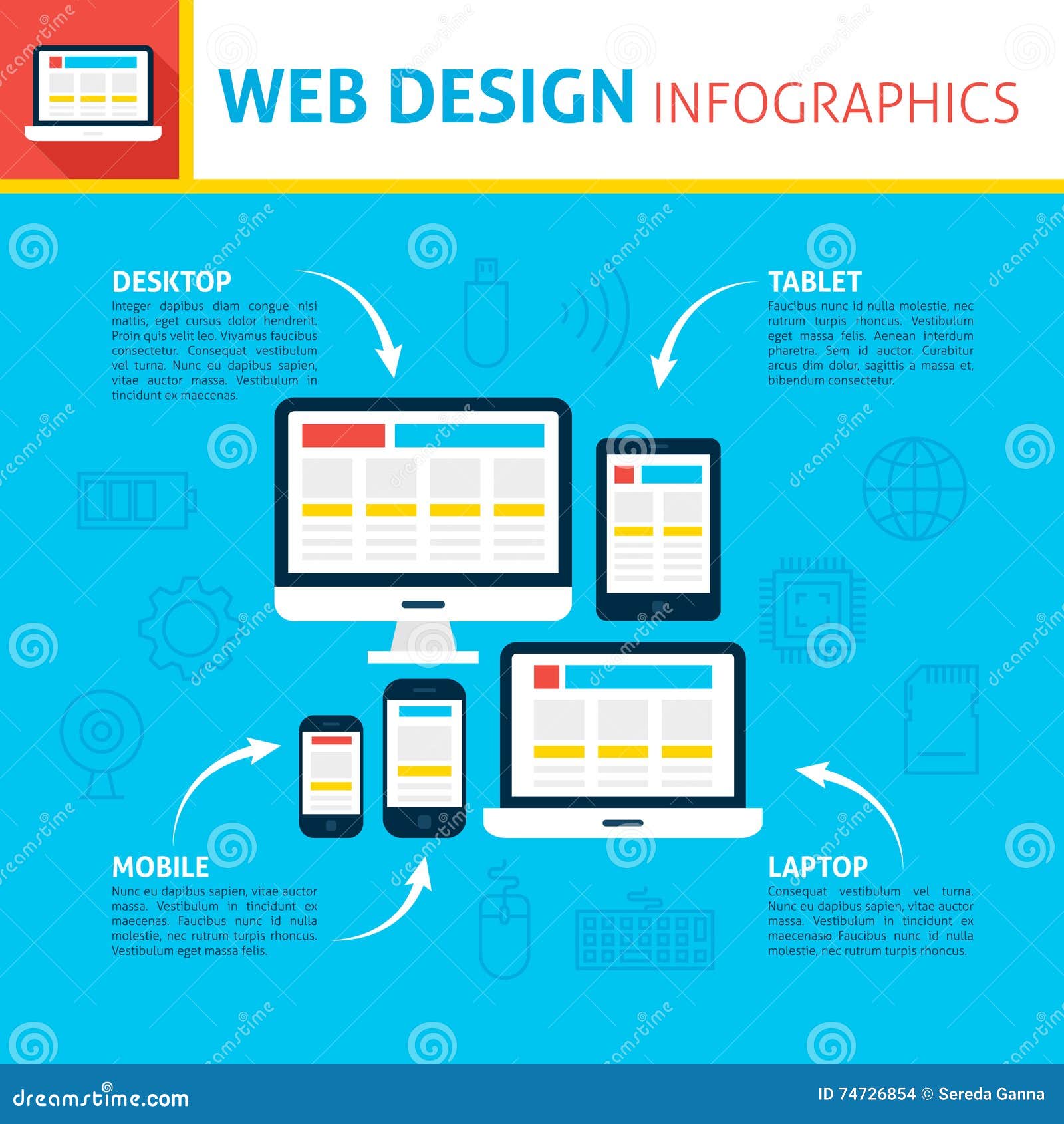The Development Of Web Design: Then And Currently
The Development Of Web Design: Then And Currently
Blog Article
Uploaded By-Hartley Peters
In the past, websites were straightforward and focused on info. visit this page was direct, and layout was for desktops. Currently, user experience is key. Data guides layouts for very easy navigation. Responsive layouts match various devices. Today, dark setting minimizes stress, and minimalist food selections boost navigating. Interactive features involve customers, and bold visuals stand apart. AI integration increases engagement. See exactly how design has developed to improve your on the internet trip.
Very Early Days of Website Design
In the early days of website design, simpleness preponderated. Internet sites were standard, with limited shades, fonts, and designs. The focus was on offering info instead of flashy visuals. Customers accessed the web through slow-moving dial-up links, so rate and capability were key.
Navigation menus were straightforward, typically located on top or side of the page. Internet sites were made for desktop, as mobile browsing wasn't yet prevalent. Content was king, and designers prioritized easy readability over complex design elements.
HTML was the primary coding language made use of, and developers had to work within its constraints. Computer animations and interactive functions were marginal compared to today's requirements. Websites were static, with little vibrant web content or individualized individual experiences.
Increase of User-Focused Style
With the development of internet site style, a shift towards user-focused style principles has come to be significantly famous. Today, producing websites that prioritize customer experience is essential for involving visitors and accomplishing organization goals. User-focused design entails comprehending the requirements, choices, and actions of your target audience to customize the web site's design, content, and features appropriately.
Developers currently perform extensive study, such as user surveys and usability screening, to collect insights and responses straight from individuals. This data-driven approach aids in creating instinctive navigation, clear calls-to-action, and aesthetically enticing interfaces that resonate with site visitors. By positioning the customer at the center of the design process, internet sites can supply an extra individualized and pleasurable experience.
Responsive layout has actually also become a key aspect of user-focused style, making sure that web sites are optimized for various gadgets and display dimensions. This adaptability improves availability and usability, accommodating the diverse means individuals engage with web sites today. Basically, the increase of user-focused design indicates a shift in the direction of producing digital experiences that focus on the needs and expectations of the end user.
Modern Trends in Website Design
Check out the most up to date fads shaping website design today. One prominent trend is dark setting layout, supplying a streamlined and modern-day appearance while minimizing eye pressure in low-light environments. Another crucial trend is minimal navigating, streamlining menus and improving individual experience by focusing on essential elements. Including micro-interactions, such as animated switches or scrolling impacts, can produce a more interesting and interactive site. Receptive style remains critical, ensuring seamless customer experiences throughout various devices. Furthermore, making use of bold typography and asymmetrical designs can include visual passion and draw attention to specific web content.
Incorporating AI innovation, like chatbots for customer assistance or tailored suggestions, boosts individual interaction and simplifies processes. Ease of access has also become a substantial trend, with developers focusing on inclusive design practices to satisfy diverse customer needs. Welcoming sustainability by optimizing web site performance for rate and efficiency is an additional arising fad in web design. Teaming up with customer feedback and information analytics to repeat and improve design continuously is necessary for remaining appropriate in the ever-evolving electronic landscape. By welcoming these modern-day trends, you can produce an aesthetically attractive, user-friendly website that reverberates with your audience.
Conclusion
As you assess the development of site layout from the early days to currently, you can see how user-focused design has come to be the driving pressure behind modern-day patterns.
Embrace the trip of change and adaptation in website design, constantly maintaining the individual experience at the leading edge.
Keep existing with the latest fads and innovations, and never stop developing your approach to develop aesthetically stunning and easy to use web sites.
Develop, adapt, and produce - the future of website design is in your hands.
